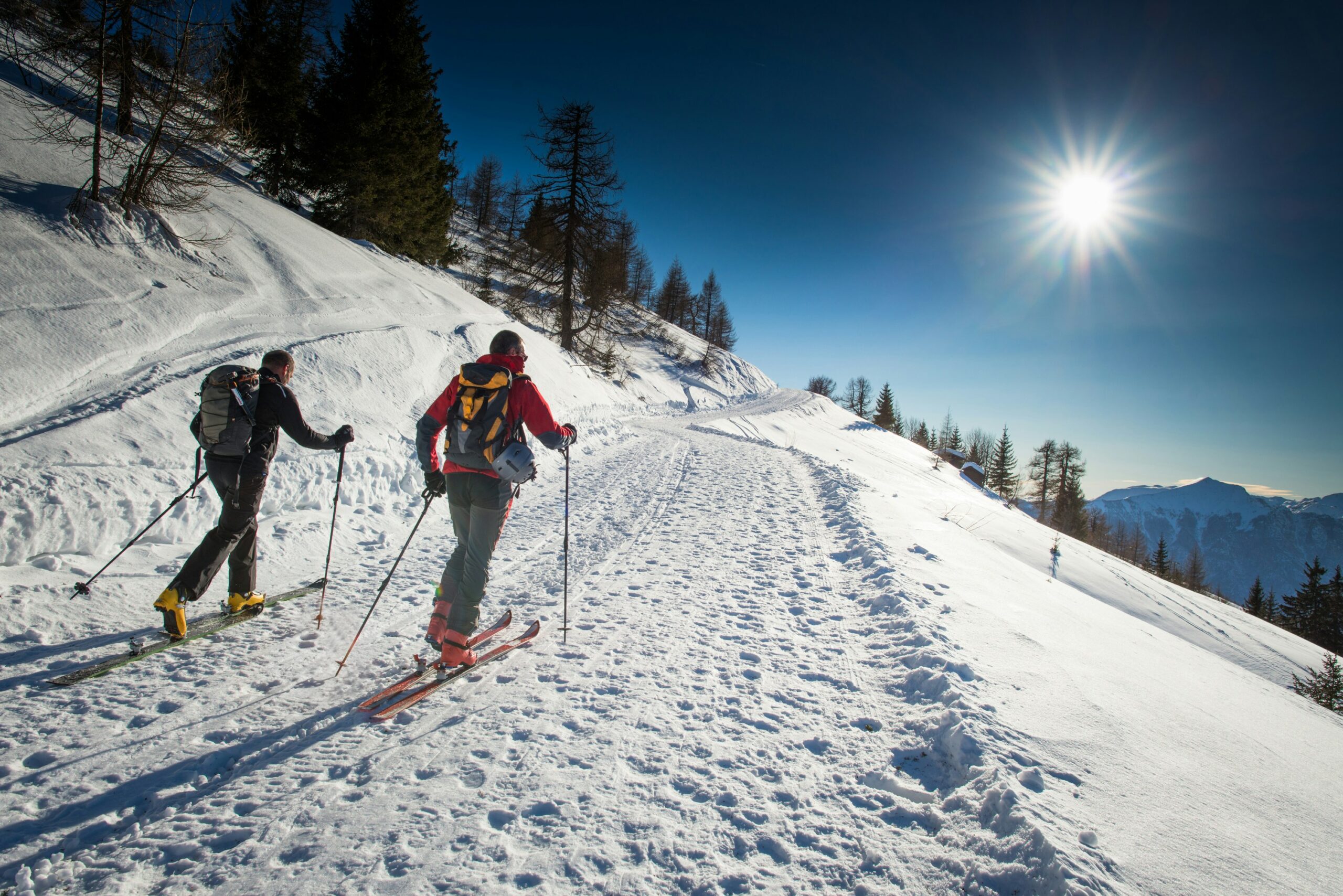
Ski dynamics influence both speed and safety on the slopes. They combine physics, snow conditions, and skier technique to determine performance. By analyzing forces like friction, gravity, and centripetal motion, skiers can adjust their movements to glide efficiently and maintain control. Understanding ski dynamics helps athletes minimize accidents while improving speed, making every descent safer and more enjoyable.
Moreover, ski dynamics are essential for designing better equipment. Engineers study how skis interact with different snow types, angles, and pressures to create shapes that optimize glide and stability. By integrating scientific principles into ski design, manufacturers provide tools that enhance both safety and performance, giving skiers a competitive edge while reducing risk.
Snow Conditions and Terrain Analysis
Snow quality directly affects speed and stability. Powder, packed snow, and icy surfaces each require specific techniques and adjustments. Athletes and recreational skiers analyze terrain to anticipate changes in friction and balance. Understanding how snow reacts under weight and movement ensures more efficient turns, controlled acceleration, and safer descents.
Additionally, slope analysis incorporates environmental factors such as temperature, humidity, and sunlight exposure. These elements influence snow consistency and durability, affecting both speed and safety. Skiers who integrate terrain and snow assessment into their strategy can adjust their approach, maintain optimal glide, and reduce the likelihood of accidents.
Equipment Innovation and Performance
Equipment plays a critical role in enhancing ski safety and speed. Skis, bindings, boots, and poles all work together to optimize control, balance, and responsiveness. Manufacturers apply scientific research to improve materials, shapes, and weight distribution, allowing skiers to handle diverse conditions while maintaining maximum speed.
Furthermore, protective gear such as helmets, pads, and smart wearable devices ensures safety without compromising performance. Technology like impact sensors and real-time feedback monitors alerts skiers to potential risks. Combining high-performance equipment with safety innovations creates a comprehensive system that enhances both confidence and control on the slopes.
Technique and Body Mechanics
Proper technique is essential for controlling speed and preventing injuries. Skiers use body alignment, weight distribution, and joint angles to maintain stability and maneuverability. Hydrodynamic principles apply here as well, reducing drag and maximizing efficiency, which in turn ensures faster and safer skiing.
Coaches and athletes employ video analysis and motion capture to refine technique. By studying how the body interacts with snow and equipment, skiers identify inefficiencies and make precise adjustments. Technique optimization translates to smoother turns, controlled acceleration, and reduced impact forces, all contributing to enhanced safety and speed.
Training and Physical Conditioning
Physical conditioning directly affects skiing performance and injury prevention. Strength, balance, and flexibility help skiers absorb terrain variations and maintain control at high speeds. Core stability is particularly important for managing weight shifts and executing efficient turns without fatigue.
Additionally, training programs often include ski-specific drills that simulate real slope conditions. These exercises enhance reaction time, coordination, and endurance. Integrating conditioning with on-slope practice ensures that skiers are prepared for both the physical and technical demands of the sport, resulting in improved speed and reduced injury risk.
Environmental Awareness and Risk Management
Environmental awareness is critical for safe skiing. Factors such as visibility, wind, temperature, and avalanche potential influence decision-making on the slopes. Skiers who monitor these conditions adjust their route, speed, and technique to maintain control and minimize hazards.
Risk management also includes planning descent strategies and understanding personal limits. By combining environmental observation with smart decision-making, skiers can reduce accidents and enjoy faster, more controlled runs. Awareness of surroundings and proactive adjustments translate directly into safer and more efficient skiing experiences.
Data and Technology Integration
Data-driven technology enhances ski performance and safety. GPS tracking, wearable sensors, and performance apps provide real-time feedback on speed, trajectory, and body mechanics. Athletes use this information to refine turns, optimize weight distribution, and adjust technique, maximizing both safety and speed.
In addition, predictive analytics and simulation tools allow skiers to anticipate how conditions affect performance. By analyzing trends, skiers prepare for high-risk areas, improving decision-making and reducing errors. Technology integration ensures that every descent is informed, efficient, and safer, demonstrating the power of science in skiing.
Future of Ski Science
The future of ski science promises even greater integration of safety, speed, and performance: emerging materials, AI coaching, and augmented reality training offer real-time guidance on slopes. Wearables capable of monitoring physiological responses will allow skiers to adapt instantly to fatigue, terrain, and snow conditions.
Moreover, collaborative research between engineers, athletes, and snow scientists continues to improve equipment and techniques. As innovations evolve, skiing will become more accessible, efficient, and safe. Snow and science are working together to redefine the sport, ensuring that athletes can achieve peak speed while minimizing risks.